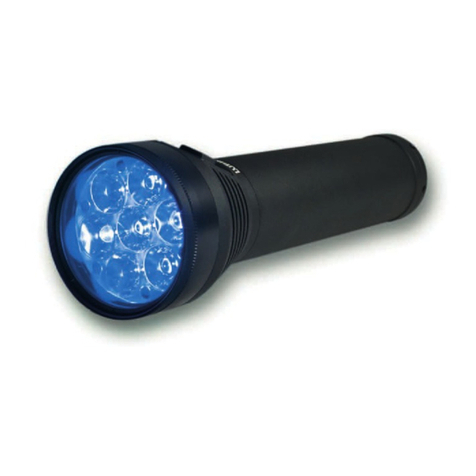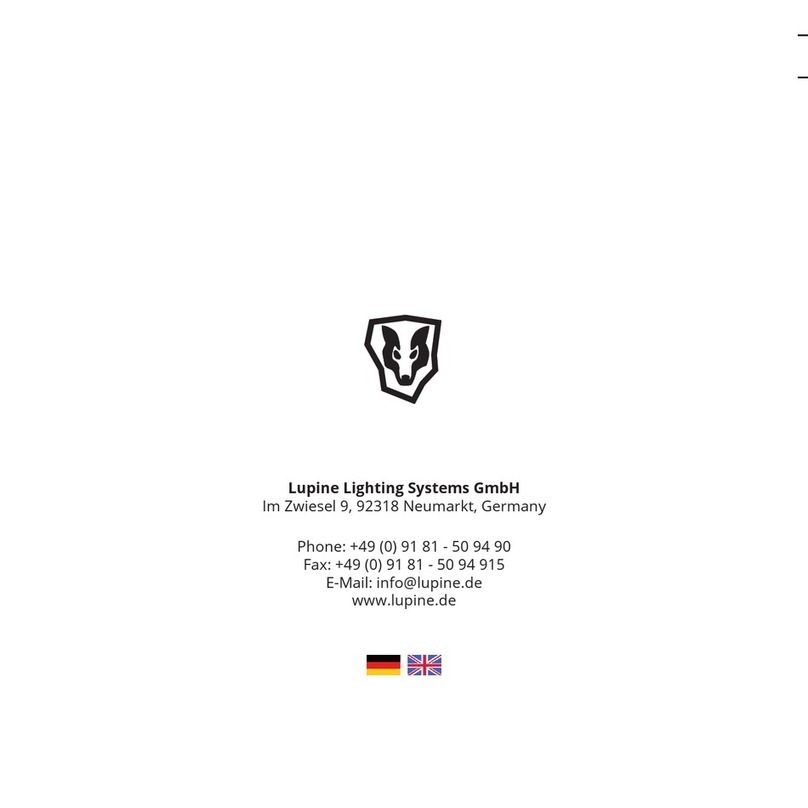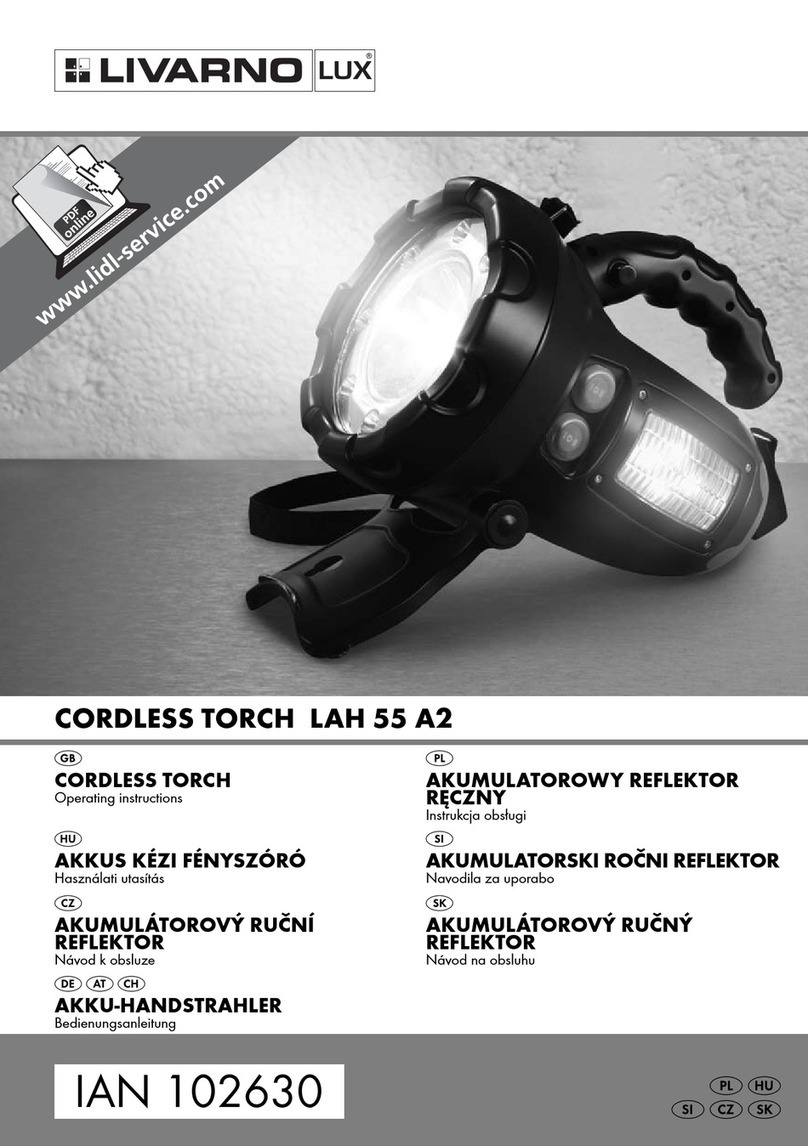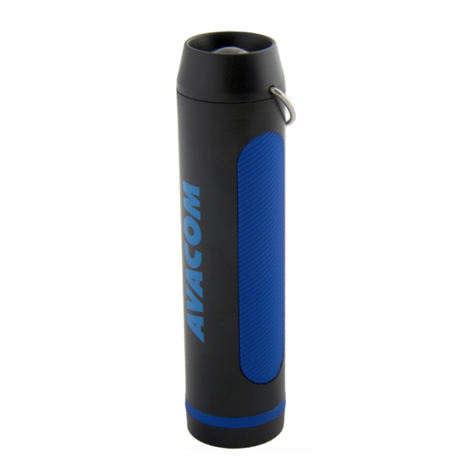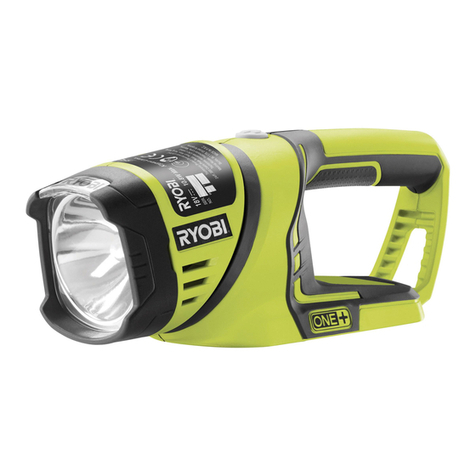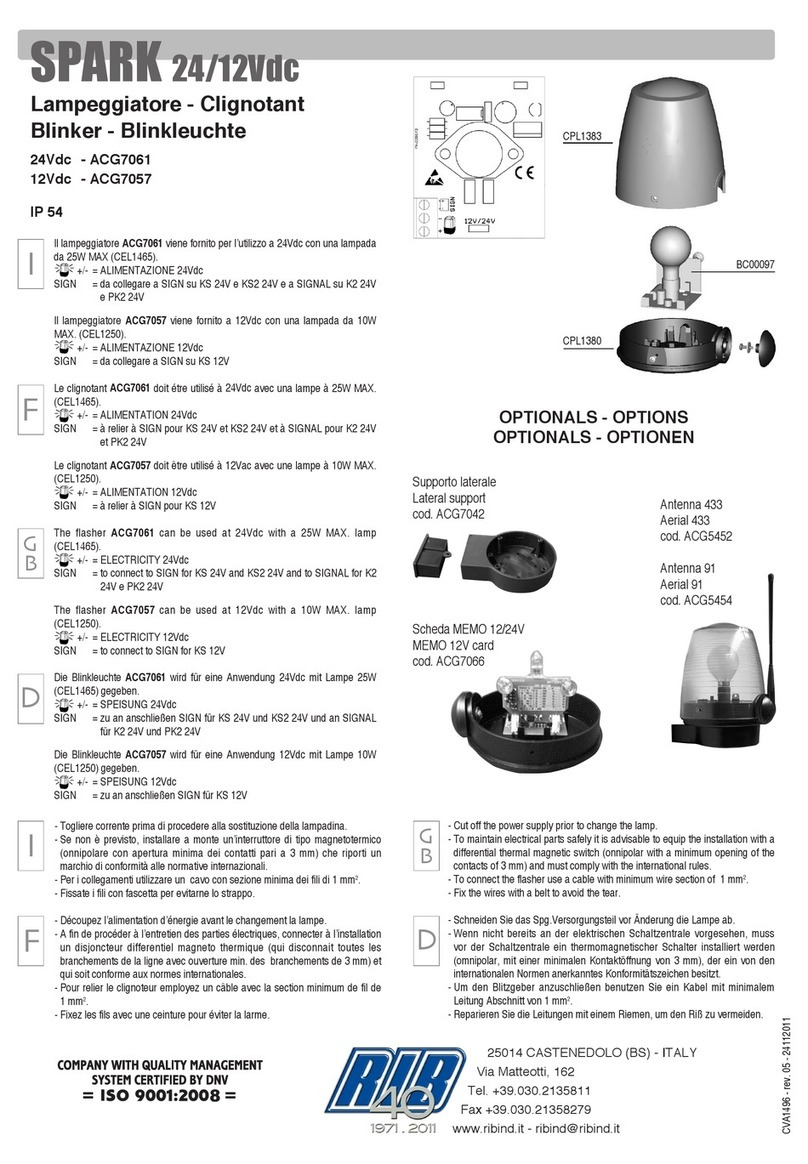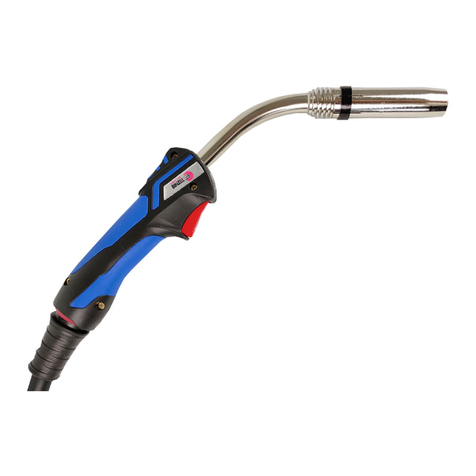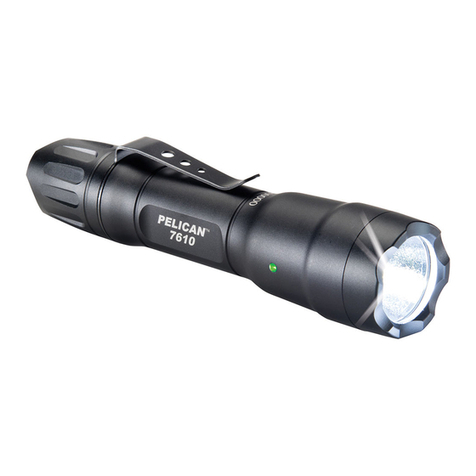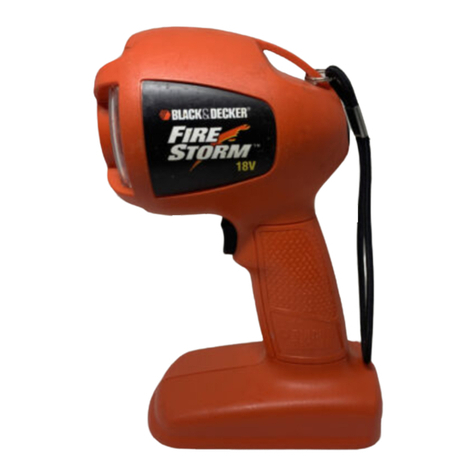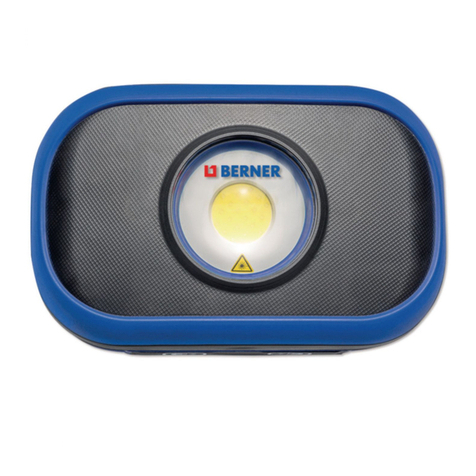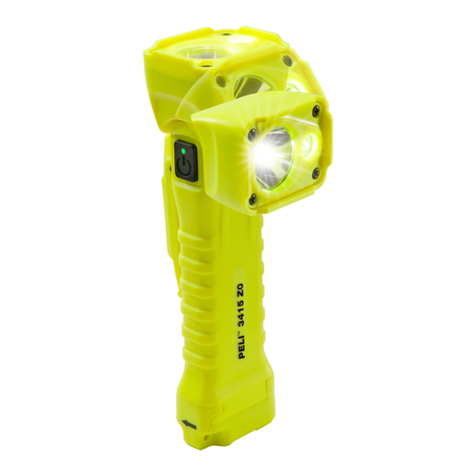Lupine Wilma 6 User manual
Other Lupine Flashlight manuals
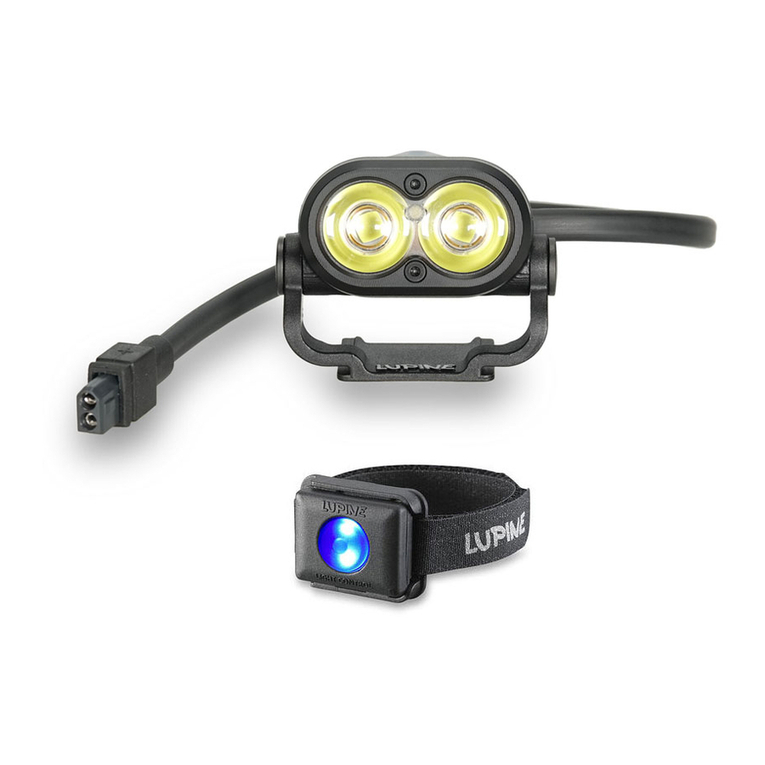
Lupine
Lupine PIKO R User manual

Lupine
Lupine Piko X Duo User manual
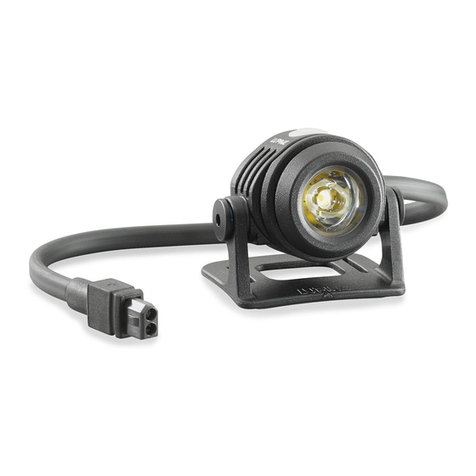
Lupine
Lupine NEO User manual
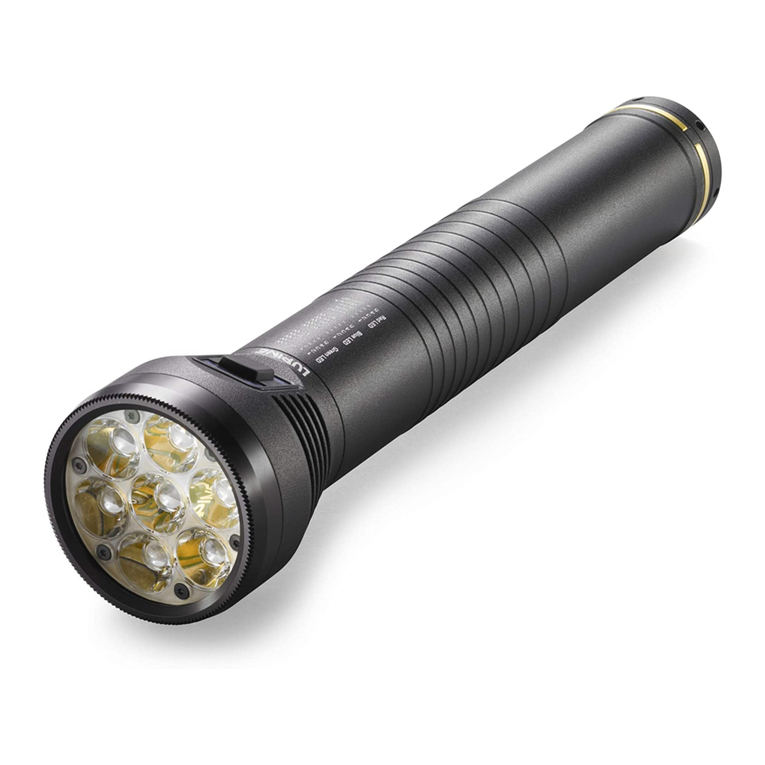
Lupine
Lupine BTL2 PRO User manual
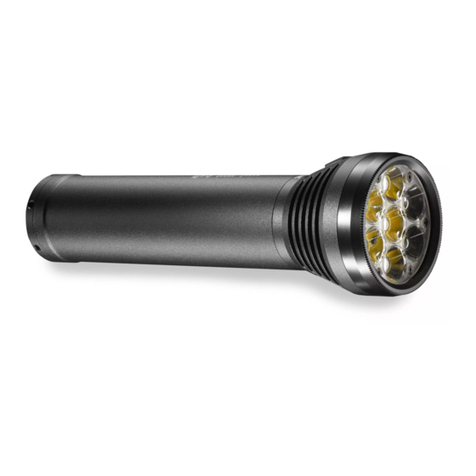
Lupine
Lupine Betty TL 5 User manual
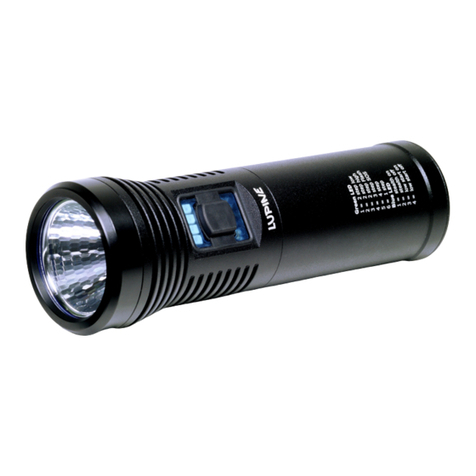
Lupine
Lupine TL700 User manual

Lupine
Lupine Betty X Pro User manual
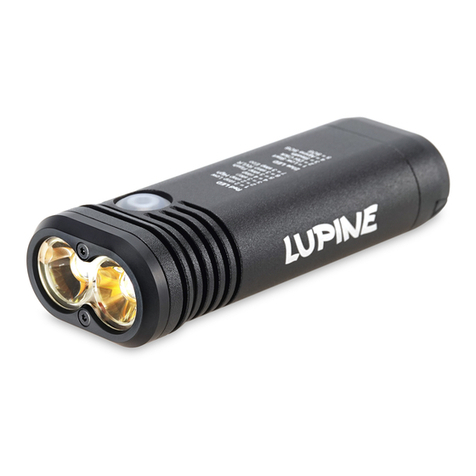
Lupine
Lupine Piko TL Max User manual

Lupine
Lupine Piko TL Max User manual

Lupine
Lupine BROSE StVZO User manual

Lupine
Lupine Betty TL2 User manual

Lupine
Lupine Betty R User manual
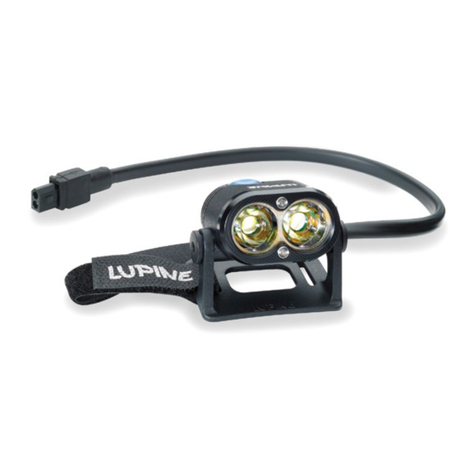
Lupine
Lupine Piko X Duo User manual
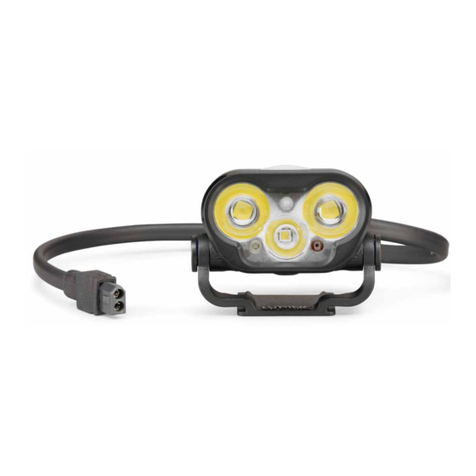
Lupine
Lupine BLIKA User manual
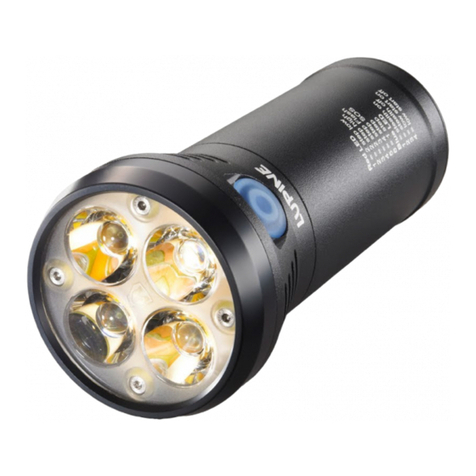
Lupine
Lupine Wilma TL User manual

Lupine
Lupine PIKO R User manual

Lupine
Lupine Piko TL Max User manual
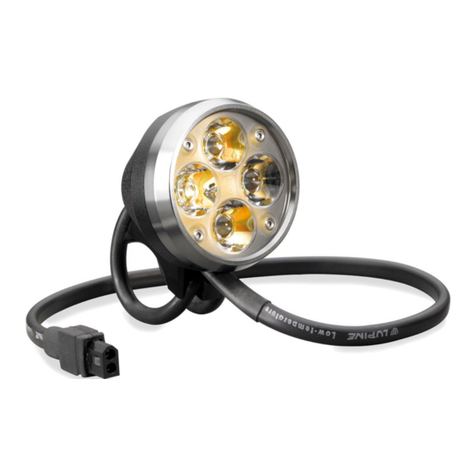
Lupine
Lupine Wilma User manual
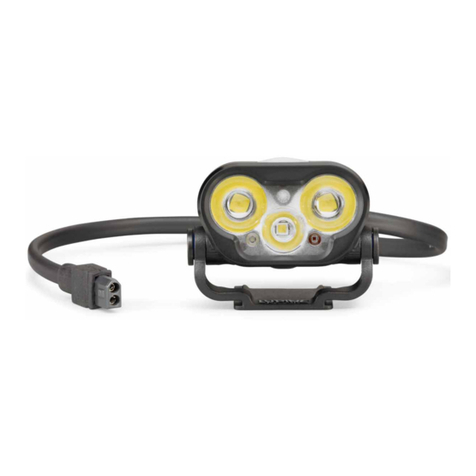
Lupine
Lupine BLIKA R User manual
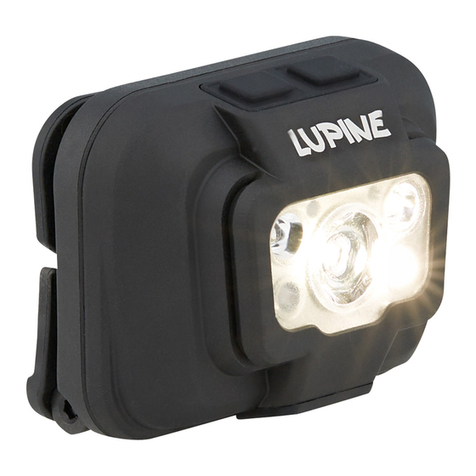
Lupine
Lupine PENTA User manual
Popular Flashlight manuals by other brands
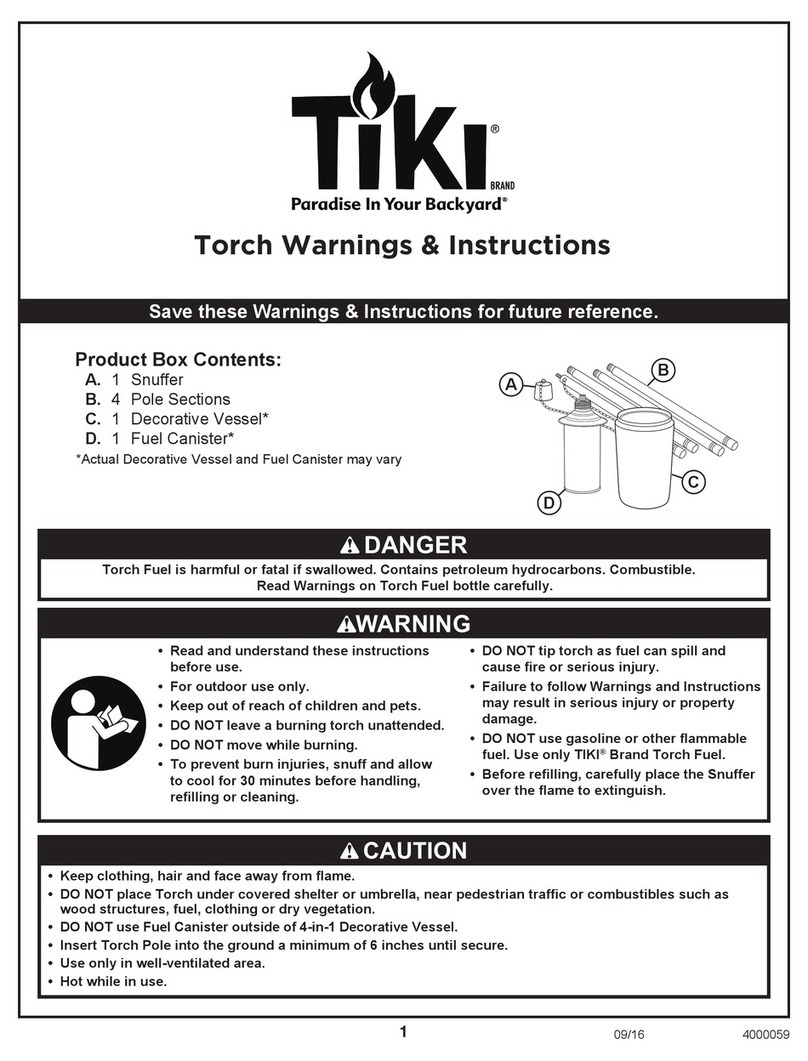
tiki
tiki Cabos Warnings and Instructions

Fervi
Fervi 0338 Operation and maintenance manual

Milwaukee
Milwaukee M18 IL Original instructions
Spectronics
Spectronics Spectroline LeakTracker SPI-LT instruction manual
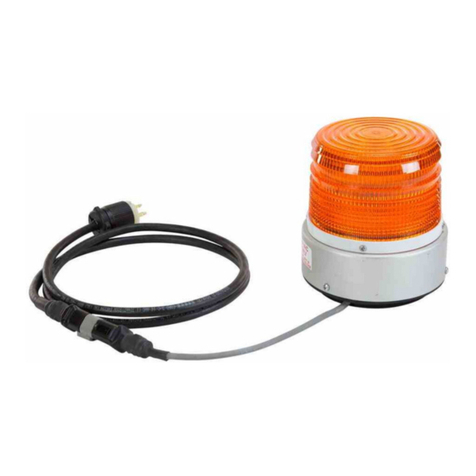
Larson Electronics
Larson Electronics SLEDB-110V-M instruction manual
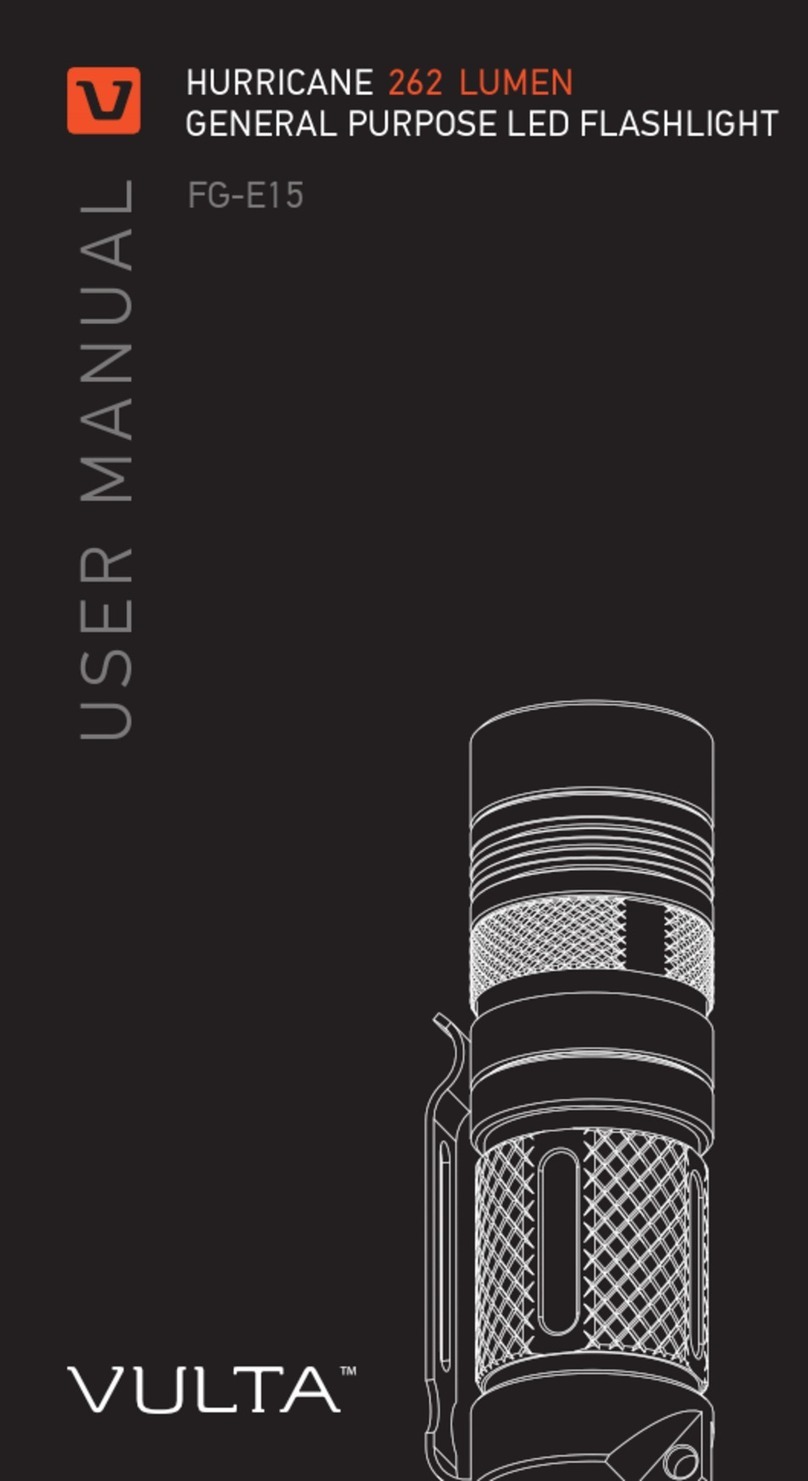
vulta
vulta hurricane 262 lumen fg-e15 user manual
